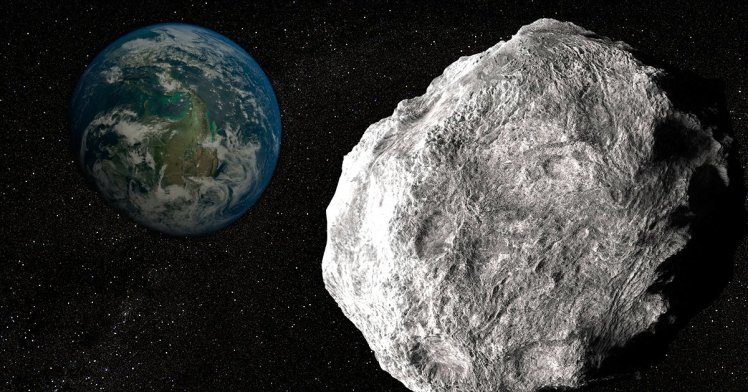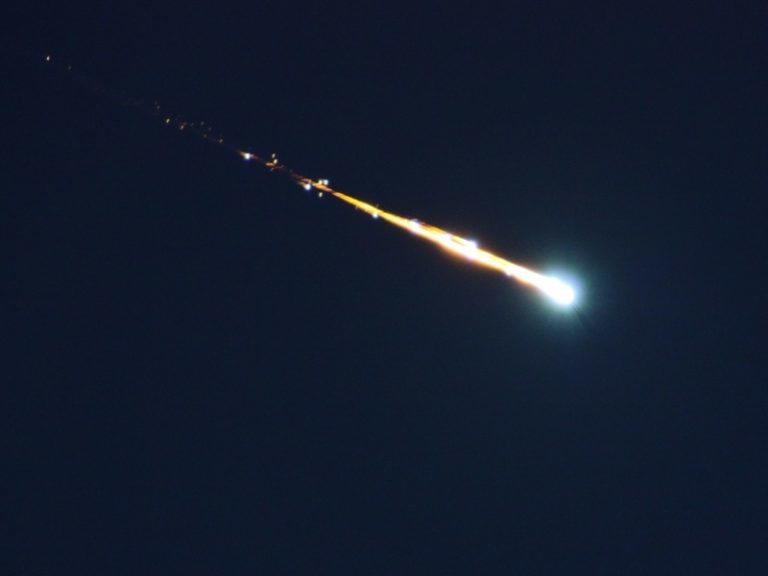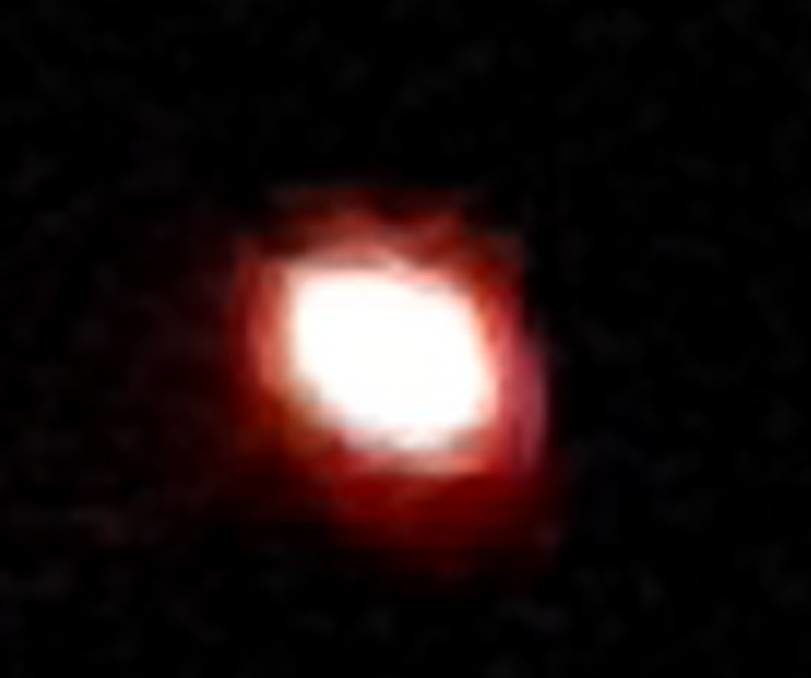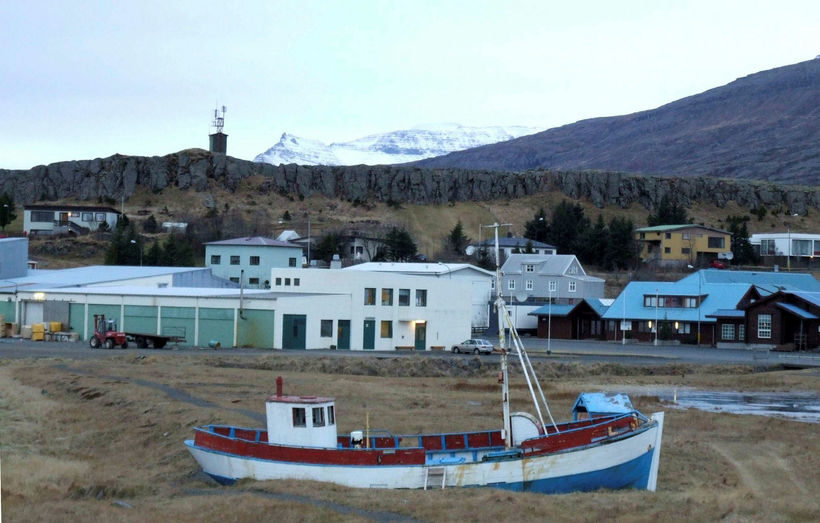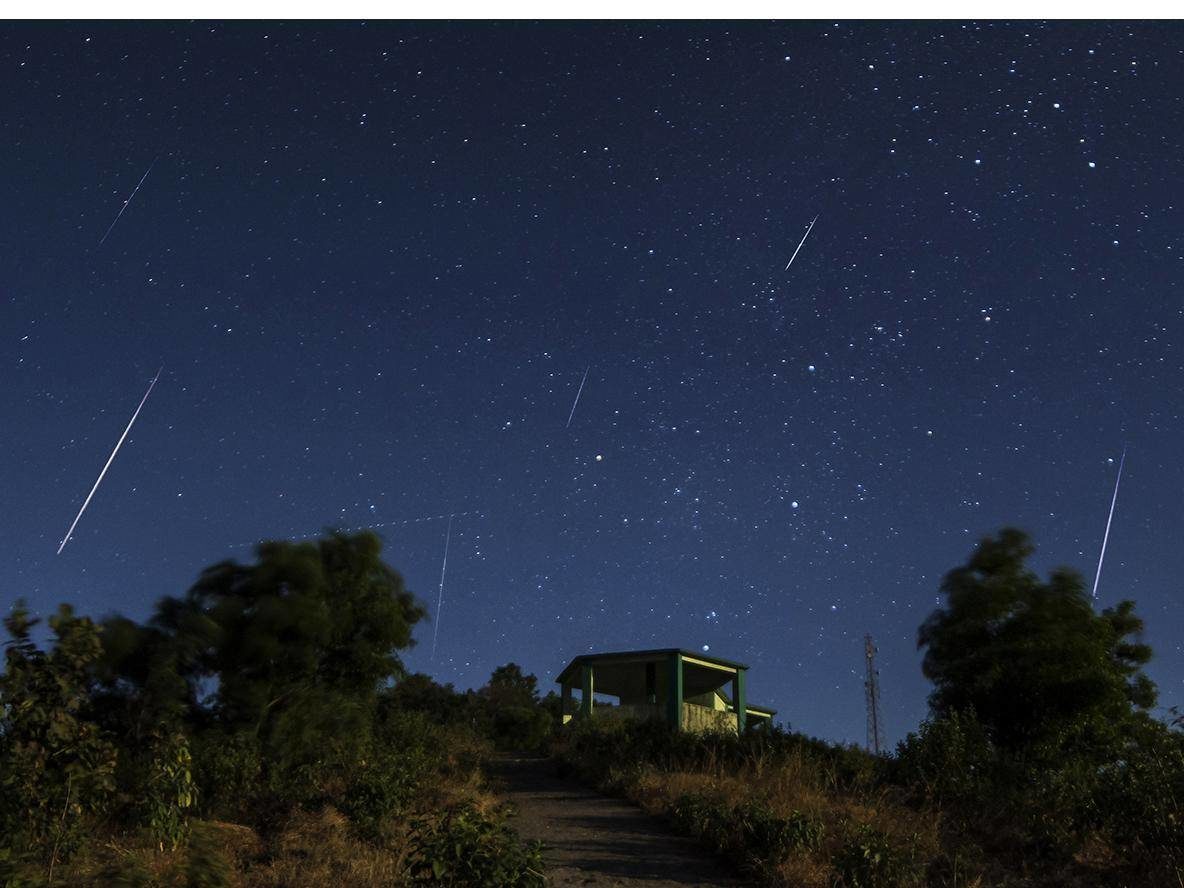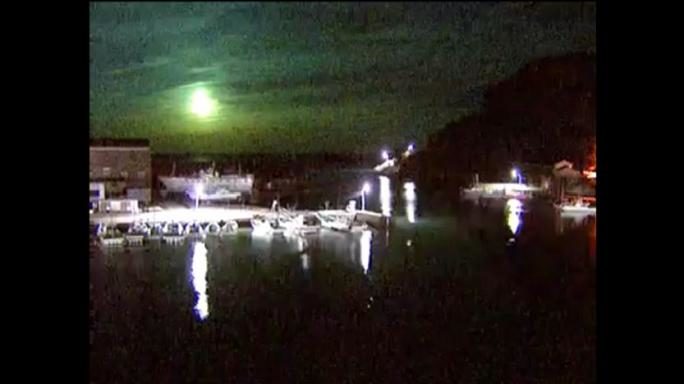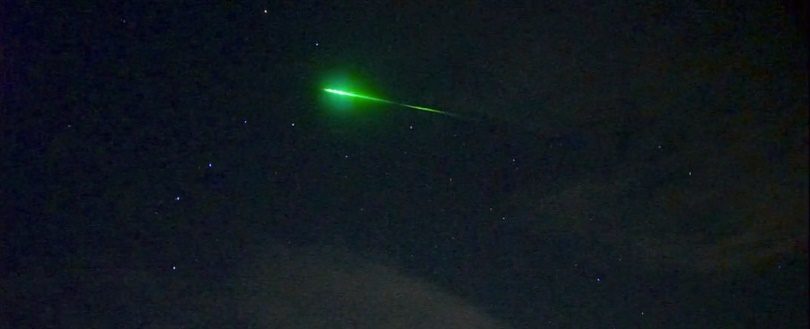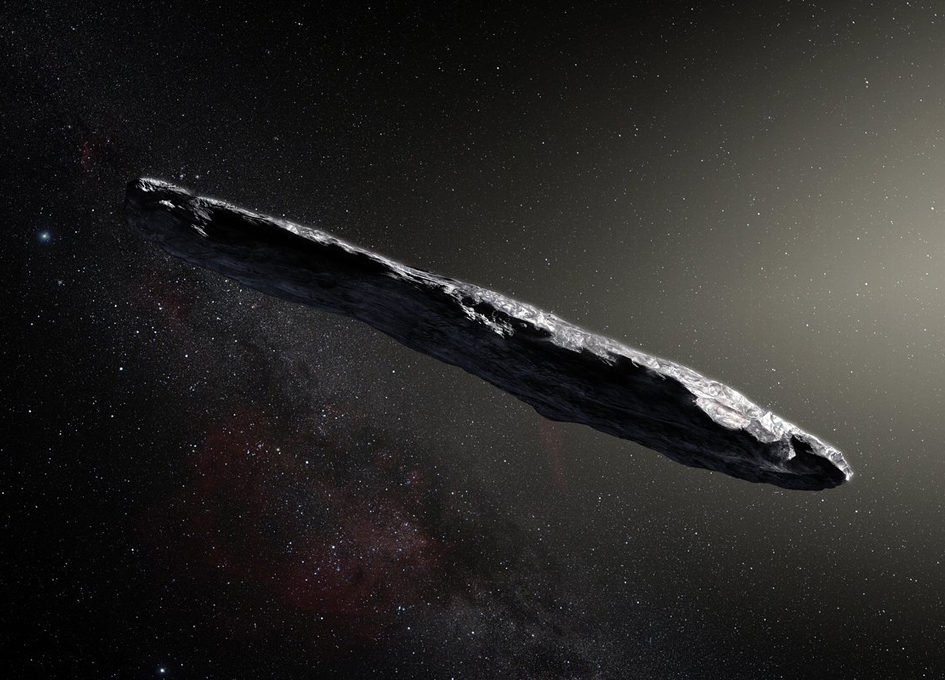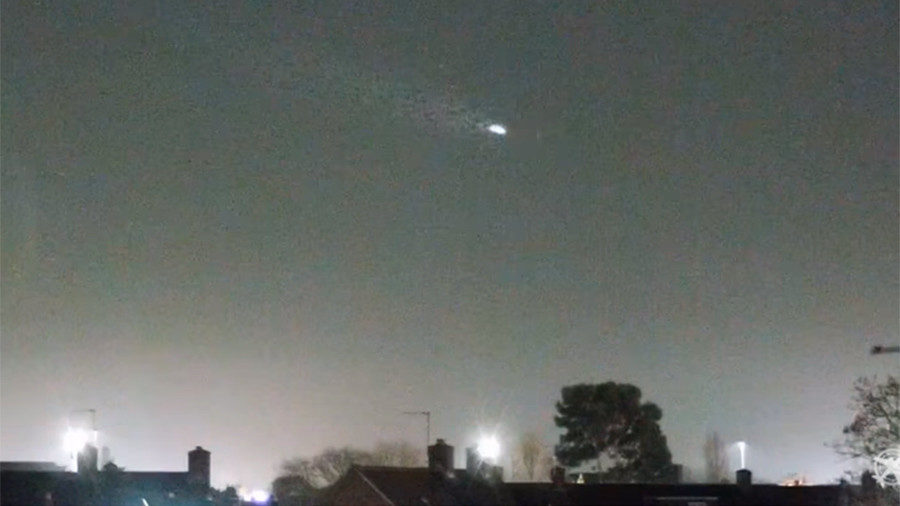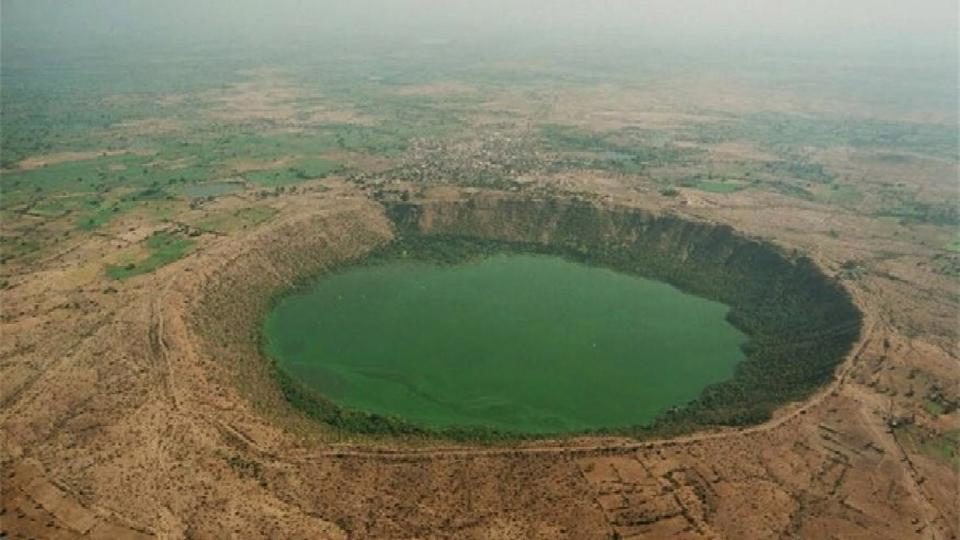A gigantic space rock called 3200 Phaethon is due to brush 'quite close' to our planet on December 17, Russian astronomers have revealed.
This huge asteroid is thought to cause the beautiful Geminids meteor shower which will take place between December 13 and 14, causing hundreds of bright meteors to illuminate the night sky as they burn up in Earth's atmosphere.
But NASA has also described it as a 'potentially hazardous asteroid whose path misses Earth's orbit by only 2 million miles' - which is tiny in galactic terms.
Comment: In light of recent news this is concerning, and due to the cyclical nature of these events, if not now then in the coming years: BOOM! Mysterious blasts rattling the skies are on the increase around the world - UPDATE at least 64 documented events (VIDEO)
It's about half the size of Chicxulub, the rock which wiped out the dinosaurs, and has a very unusual orbit which causes it to pass closer to the sun than any other named asteroid.
